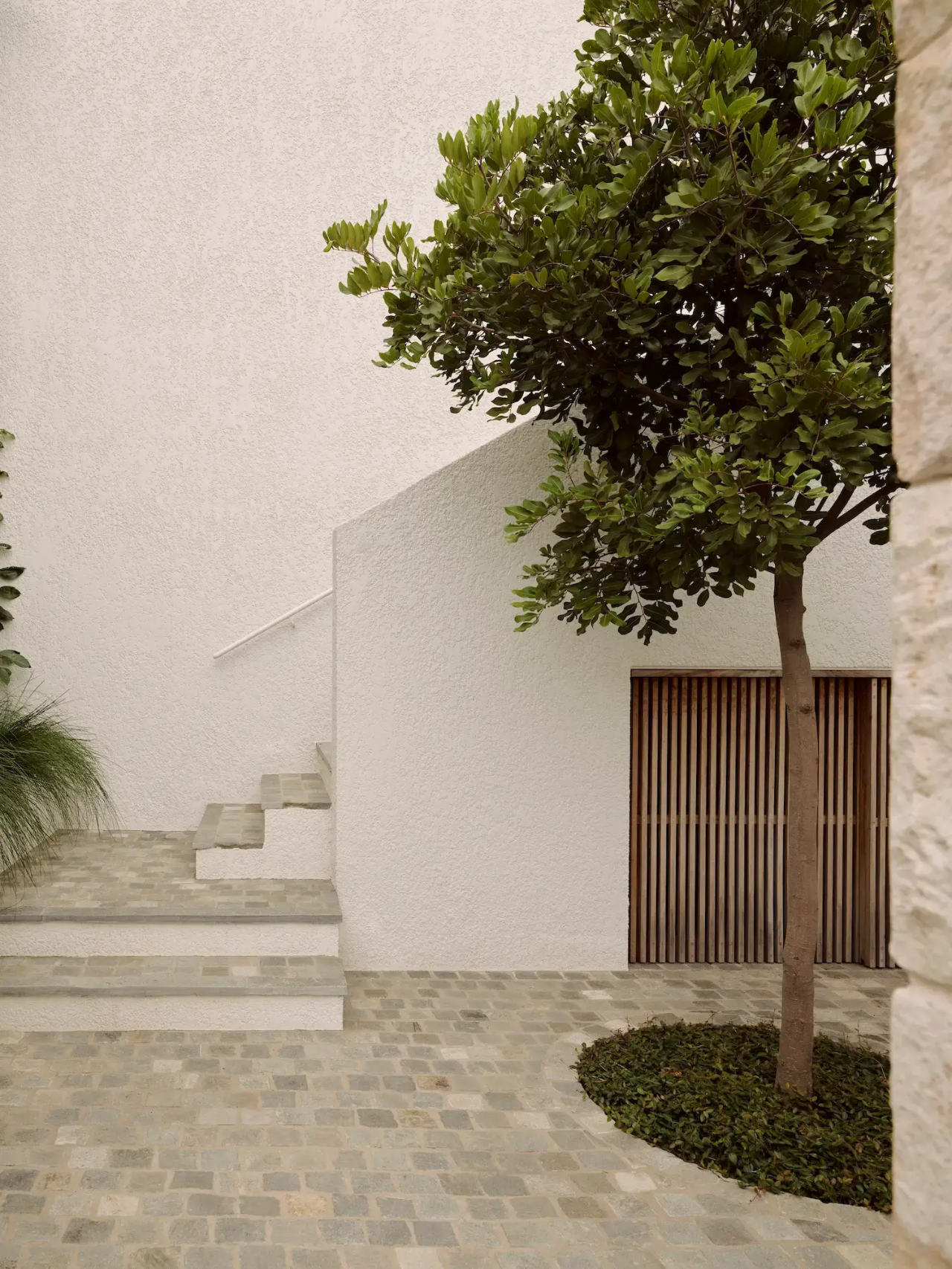Hong Kong’s new opera house is a white cube of woven aluminium
2019-03-15 14:14
Xiqu Centre is a brand new opera house for Hong Kong, situated in the West Kowloon district. Photography: Ema Peter
In modern times, classical Chinese opera (or xiqu) performances have invariably languished in embarrassingly dated theatre buildings or even make-shift stages on the edge of playing fields or car parks. Kudos, then, to the West Kowloon Cultural District Authority for its determination that this ancient art form might finally have, in Hong Kong anyway, a suitably millennial home for both aficionados and neophytes.
在现代,中国古典戏曲(或西曲)的表演总是在过时的剧院建筑里没完没了,甚至在操场或停车场边的舞台上也会发生变化。因此,西九龙文化区管理局认为,这种古老的艺术形式最终可能在香港拥有一个适合千年的爱好者和新手的家,这是值得称赞的。
The Authority’s brief to Revery Architecture and Ronald Lu - Partners for the Xiqu Centre was deceptively bland: to provide a world-class facility for the preservation and development of Chinese, more specifically Cantonese, opera, and to encourage its reinvention and nurture new artists and audiences.
当局对建筑改造的简介和罗纳德·卢(RonaldLu)
The fact that there are very few modern examples of such a venue anywhere in the world, meant that the architects were unfettered in their approach and interpretation of the brief.
在世界任何地方,这样的地点很少有现代的例子,这就意味着建筑师们在他们的方法和对简短的解释中都是不受约束的。
The opera’s façade is made of woven scaled fins cut from aluminium pipes. Photography: Ema Peter
歌剧的外墙是由铝管切成的机织鳞片制成的。摄影:EMA Pete
The result is a gleaming 30,000 sq m, seven-storey white cube whose façade of woven scaled fins cut from aluminium pipes are pulled back like stage curtains along the building’s cardinal points. Inside, production, education and research facilities, alongside a lofty, naturally ventilated inner courtyard and an intimate 200-seat theatre spool upwards on curvilinear paths that are meant to represent qi, or energy, flow, reaching ultimately, two outdoor sky gardens and a thousand-seat theatre at the top floor. The latter’s positioning, the architects say, is a deliberate gesture that isolates it from the vibration and ambient noise of the surrounding urban infrastructure.
其结果是一个闪闪发光的三万平方米,七层高的白色立方体,从铝管上剪下的机织鳞片的正面被拉回,就像舞台的窗帘一样,沿着建筑的基点展开。内部,生产,教育和研究设施,旁边是一个高大的,自然通风的内部庭院和一个亲密的200个座位的剧院卷轴向上弯曲的小径,这意味着代表气,或能量,流动,最终到达两个室外天空花园和一个一千座位的剧院在顶层。建筑师们说,后者的定位是一种刻意的姿态,将其与周围城市基础设施的振动和周围噪音隔离开来。
For project architect Venelin Kokalov, the $343m theatre responds to various urban conditions, not least the limited-site footprint, Hong Kong’s verticality, and the mixed programmes. ‘Our focus was to encourage public engagement that we viewed as essential to the building’s success. We realised early on that lifting the theatre to the top of the building would create a much needed semi-enclosed urban room, creating a gateway not only to xiqu, but also to the West Kowloon district as a whole. This space, which was not part of the original programme, became an opportunity for the public to be exposed, in an informal setting, to xiqu through free concerts.’ §
对于项目建筑师Venelin kokalov来说,这座耗资3.43亿美元的剧院能适应不同的城市条件,尤其是有限的场地足迹、香港的垂直度以及混合项目。我们的工作重点是鼓励公众参与,我们认为这对大楼的成功至关重要。我们很早就意识到,把剧院搬到楼顶会创造出一个非常需要的半封闭的城市空间,不仅可以通往西曲,还可以通往整个西九龙区。这个空间,不是最初节目的一部分,成为公众通过免费音乐会在非正式场合接触西曲的机会。
这个项目是由Revery Architecture和Ronald Lu设计的。
歌剧的白色立方体横跨七层楼高。摄影:EMA彼得,歌剧的白色立方体跨越七层楼高。摄影:EMA Pete
该项目包括两个室外空中花园。摄影:EMAPeter这个项目包括两个户外天空花园。摄影:EMA Pete
里面有生产、教育和研究设施.摄影:EMA彼得在里面,有生产,教育和研究设施.摄影:EMA Pete
(-C)..旁边有一个崇高的自然通风的内院。摄影:EMAPeter……旁边有一个崇高的自然通风的内院。摄影:EMAPete
 举报
举报
别默默的看了,快登录帮我评论一下吧!:)
注册
登录
更多评论
相关文章
-

描边风设计中,最容易犯的8种问题分析
2018年走过了四分之一,LOGO设计趋势也清晰了LOGO设计
-

描边风设计中,最容易犯的8种问题分析
2018年走过了四分之一,LOGO设计趋势也清晰了LOGO设计
-

描边风设计中,最容易犯的8种问题分析
2018年走过了四分之一,LOGO设计趋势也清晰了LOGO设计




































